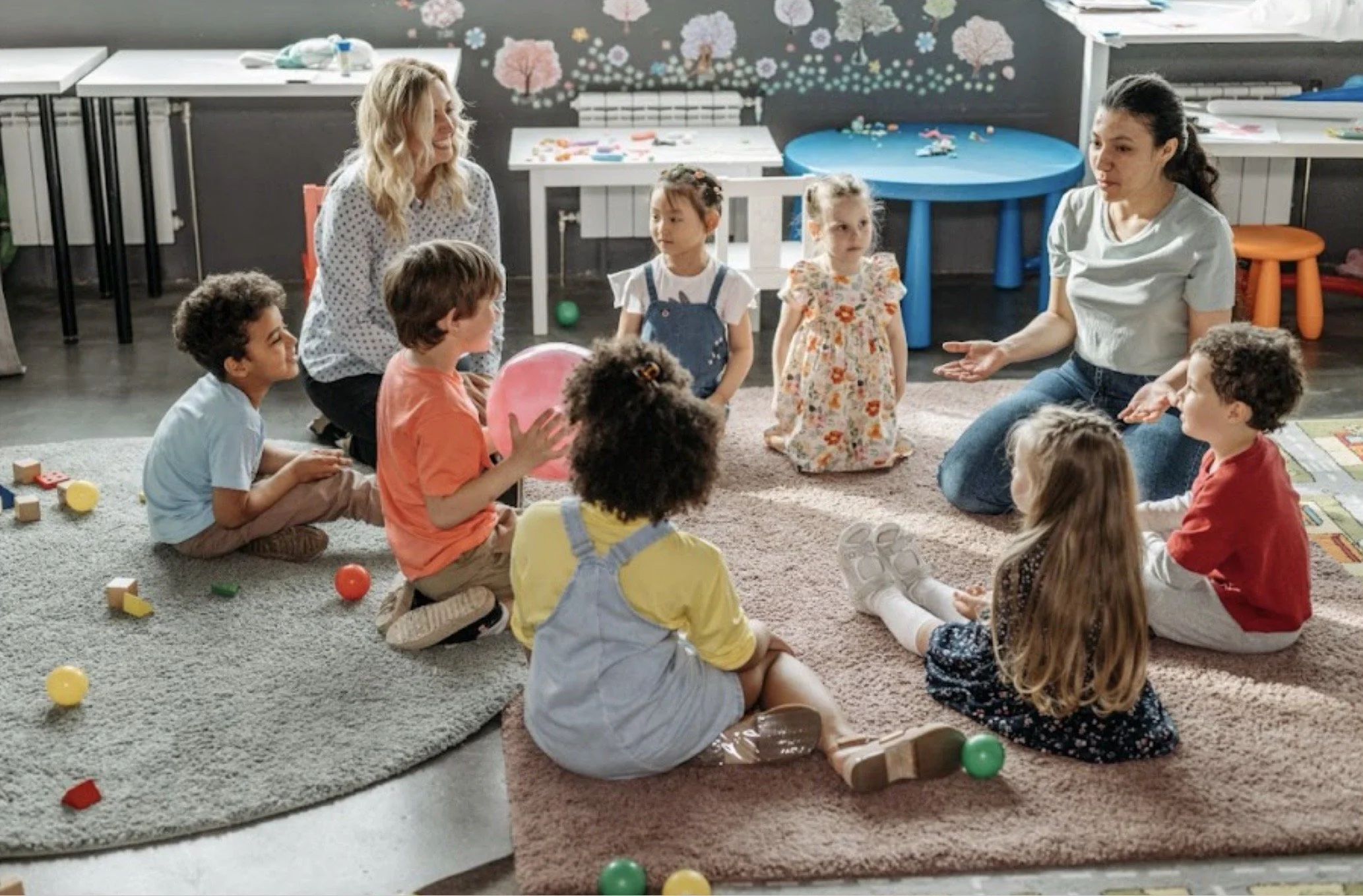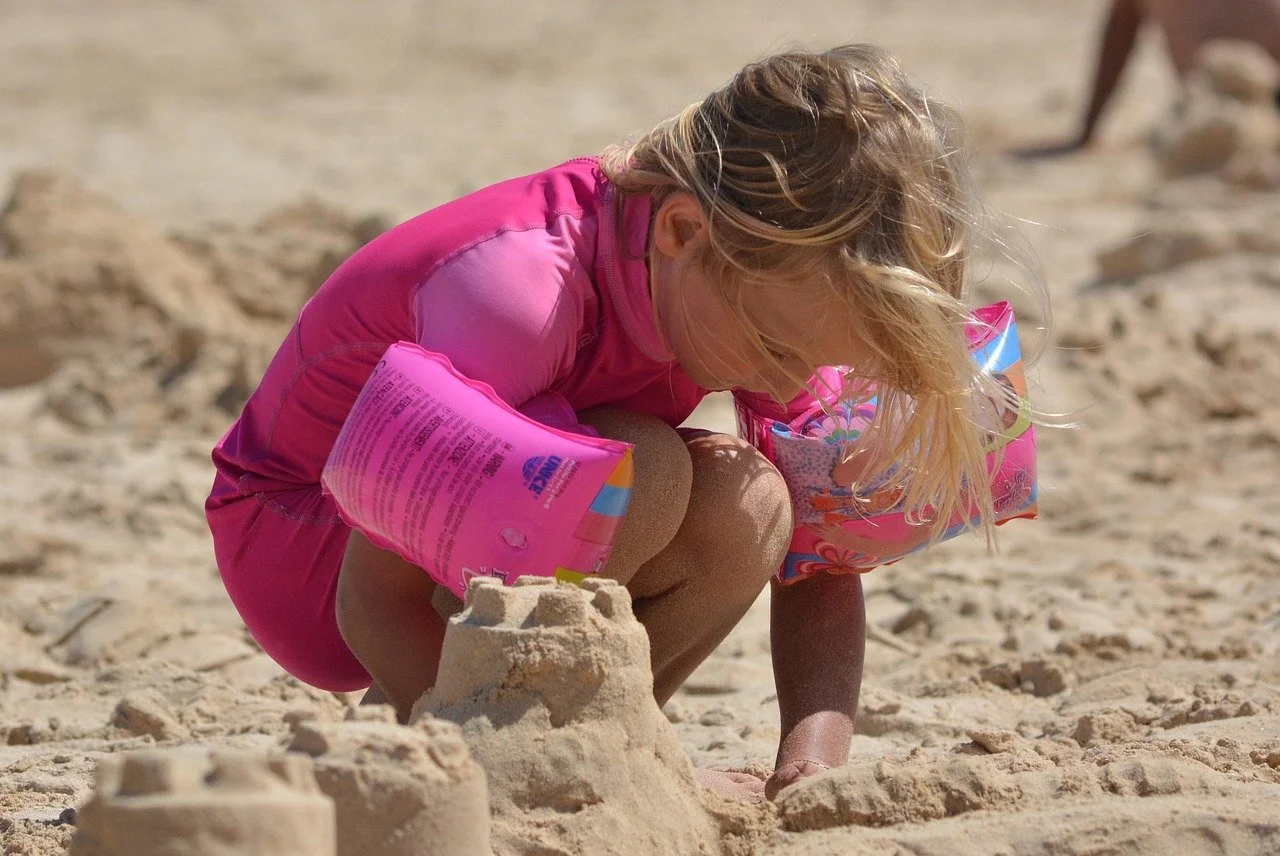Preparing For The New School Year
Starting a new school year abroad means more than learning a new language, it also means adapting to new routines, expectations, and cultural values.
Bilingualism Goes on Vacation
Family trips can test your child’s bilingual skills. This post shares simple tips to handle comparisons and support their languages while enjoying your holiday.
When a New Language Becomes a Safe Space
A personal journey into the protective power of a second language, and why it matters for raising multilingual children.
Preparing for Summer Holidays as a Multilingual Family
Let’s prepare for the summer! Here are some practical tips to help support your child’s language journey.
A Real-Life Case Study: Supporting Bilingual Children Abroad
Discover how one bilingual family abroad overcame language struggles and built confidence through daily connection.
“But They Have an Accent…”: Rethinking Myths About Accents in Multilingualism
Accents aren't mistakes, they’re reflections of identity, experience, and diversity. Let’s rethink outdated myths and celebrate multilingual voices.
Languages Are Like Flowers: Growing Multilingualism with Curiosity and Care
The Multilingual Garden is a space where languages grow with care, curiosity, and deep respect.
What’s the Hardest Part About Raising a Multilingual Child?
Raising multilingual kids isn’t always smooth, this article explores real challenges, expert tips, and supportive strategies from parent experiences.
When Integration Becomes Assimilation: A Conversation That Stuck With Me
A personal story about integration, language, and why maintaining family languages is never the problem.
School Choice and Bilingualism: How to Make the Best Decision for Your Child
Choosing the right school shapes your child's bilingual development and future opportunities.
How Language Shapes Power: Lessons from Zelensky’s Meeting with Trump
How Language Shapes Power: Lessons from Zelensky’s Meeting with Trump.
What Nobody Tells You About Raising Multilingual Children
Raising multilingual children is rewarding but challenging: balancing exposure, consistency, and emotional connection is essential for long-term success and identity development.
Elite and Folk Bilingualism: The Hidden Divide in Multilingualism
The divide between elite and folk bilingualism shapes language privilege, education, and societal perceptions worldwide.
The Consequences of Dropping a Child’s Language
Dropping a child’s heritage language doesn’t speed up majority language learning|: it silences children. The loss impacts identity, family bonds, and cognitive development.
Raising Multilingual Children When Parents Speak a Non-Native Language at Home
Raising multilingual children in a non-native language environment? Discover practical strategies to balance languages and foster strong linguistic connections.
The Mother Tongue
The concept of "mother tongue" is more complex than it seems. Language identity, societal norms, and family structures shape how we define and transmit languages across generations.
Children Are Not Like Sponges When It Comes to Language Learning
Simply hearing a language isn’t enough. Children must have a reason to use it, especially in societies where their language is undervalued.
“My Transition from Monolingualism to Multilingualism…
Language learning is not about perfection—it’s about perseverance, passion, and adaptability. Alex’s journey proves that ADHD and autism are not barriers, but unique strengths in multilingualism.
Do Bilingual Children Start Talking Later Than Monolinguals?
Bilingual children speak around 12–18 months, like monolinguals. Their vocabulary is split between languages but matches monolingual peers. Perceived delays often stem from misconceptions about bilingual development.
Have You Heard of “Spot It!”?
"Spot It!" is a fast-paced card game where players identify the single matching symbol between any two cards. It's suitable for ages 6 and up, enhances observation skills, and supports language development, making it ideal for multilingual families.



















